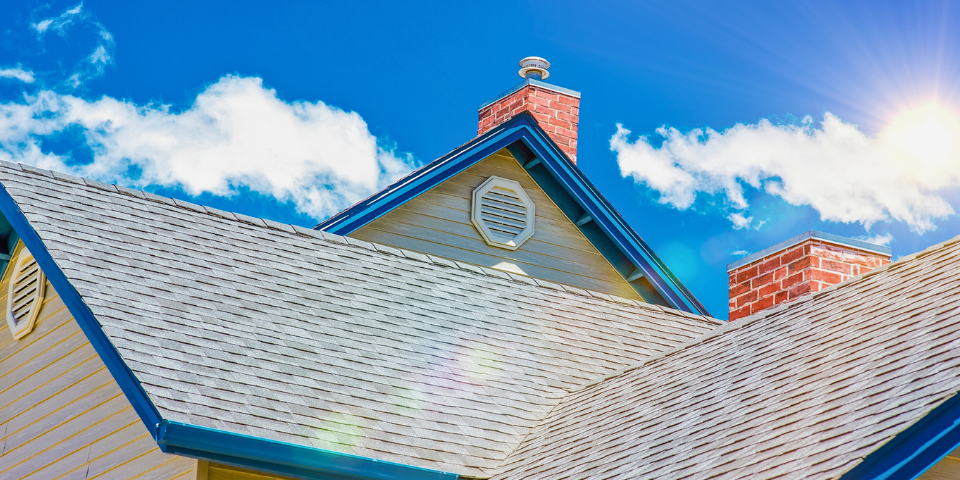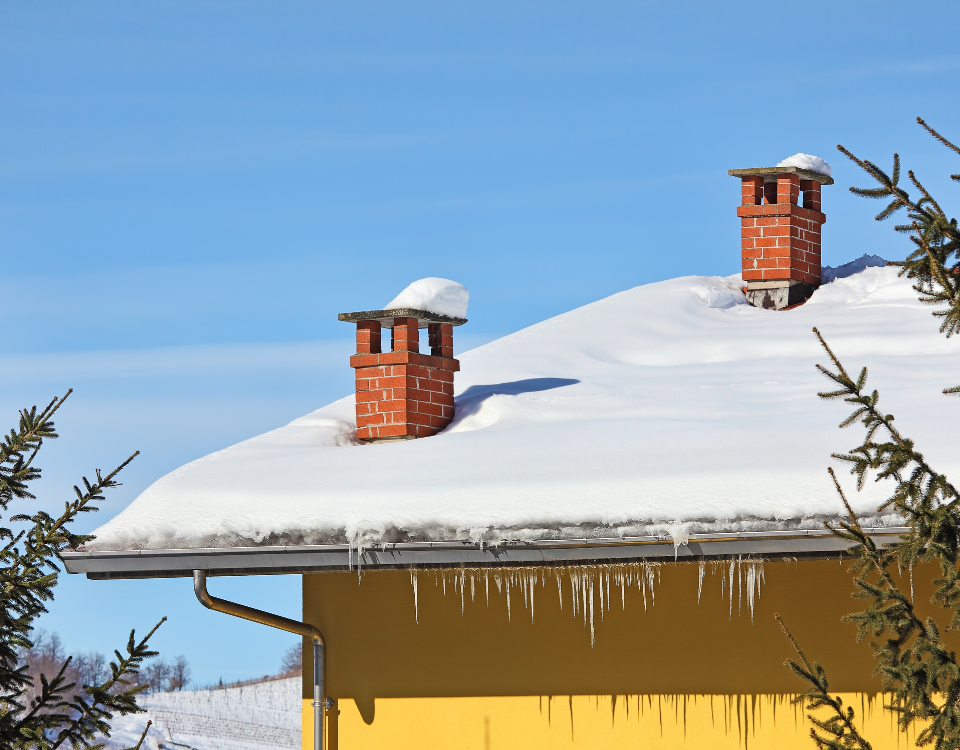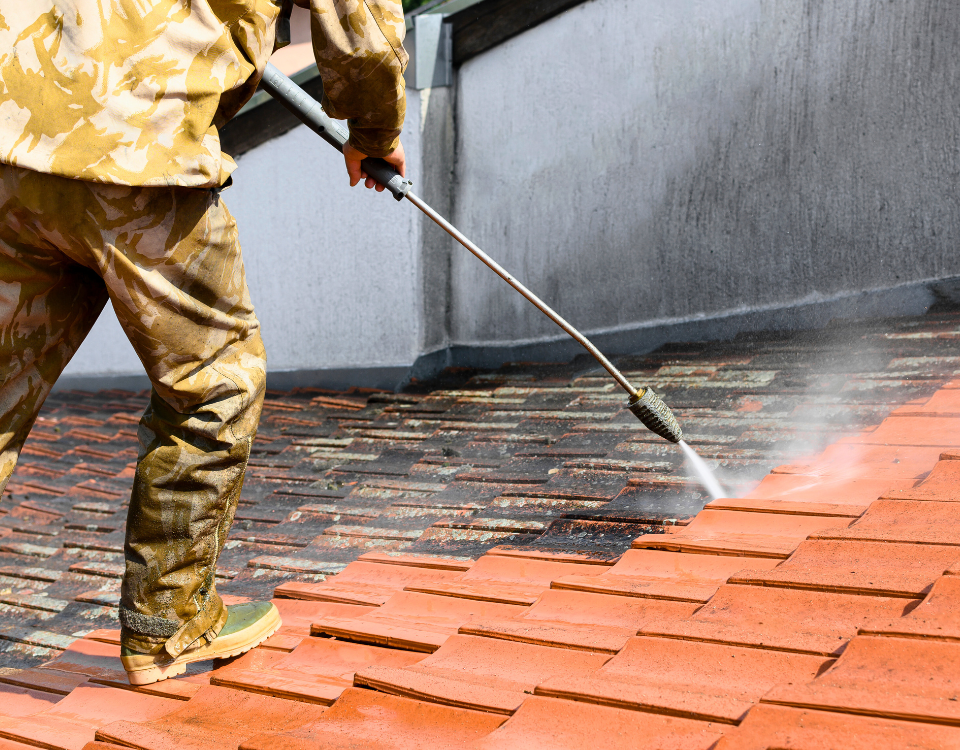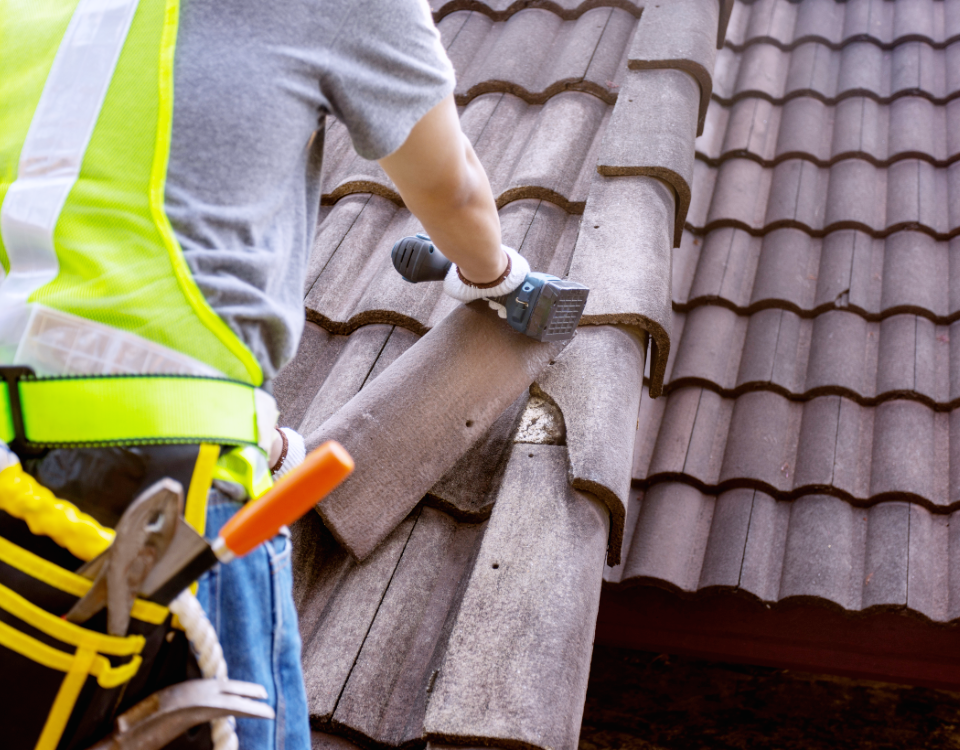
Top Signs You Need To Replace Your Roof
April 28, 2023
What Are the Different Types of Roofs?
May 14, 2023Key Takeaways:
- Regular Roof Inspections and Maintenance: Utilize the extended daylight hours of summer to closely examine your roof from the ground using binoculars, checking for issues like damaged flashing, missing or loose shingles.
- Addressing Vegetation and Animal Intrusions: Look out for algae, moss, or any plant life growing on your roof, as they can cause moisture damage. Similarly, inspect your attic for signs of animal intrusions which could lead to structural damage.
- Preventive Measures and Professional Help: Regularly trim overhanging tree limbs to prevent storm damage, clean out gutters to ensure proper water drainage, and schedule annual inspections in the fall.
The summer heat and storms can take a toll on your roof. This summer, take some time to keep your home’s roof in good condition. When you follow these summer roof maintenance tips every year, you’ll help your roof last as long as possible and reduce the chances of leaks or interior water damage.
Give the Roof a Close Exam
Use the extended daylight hours of the summer and extra light to provide you with time to look over the condition of your roof. With a quality pair of binoculars, you can skip the potentially dangerous climb up a ladder and examine your roof safely from the ground. When looking at your roof, watch out for the following issues:
Examine Sealants or Flashing on the Roof
Take a close look at the metal strips on your home’s roof. These strips are the flashing, which provides additional protection around the chimney and other structures on the roof. Contact a roofer for repairs if you notice any missing or damaged pieces.
If possible, examine the seals around skylights and vents, too. Missing or damaged sealant can allow water to seep into your home and cause damage. Roofers can either correct the sealant or advise if additional repairs are required to keep your home dry.
Look for Missing or Loose Shingles
Most homes have asphalt-shingled roofs. The shingles should all lie flat and remain intact for these types of roofs. However, storms and age can cause damage to them. Curled, cracked, loose, or absent shingles mean that your roof may not be protecting your home as it should—schedule repairs from a professional roofer to restore your roof’s shingles.
Gauge the Grit on the Shingles
The grit on the shingles is an essential aspect of their design. Think of the grit as sunscreen for the shingles. It protects the asphalt and fiberglass mat (the structural core of the shingle) from excessive sun exposure and UV damage, which can cause cracking and curling.
Over time, the grit will naturally wear off. You may notice sand-like particles stuck in your gutters or collecting near the downspouts. While some grit wear is normal, it should not be excessive.
Take a look at the shingles. If they appear balding due to loss of grit, you may need to contact a roofer to have your roof replaced.
Spot Signs of Potentially Damaging Plant Life on the Roof
Algae and moss can grow on your roof. These plants present a pair of problems for you. First, they detract from your home’s appearance, especially if visible from the street. Secondly, the moisture these plants trap against the shingles can freeze and thaw during the winter, causing damage to the shingles. During the summer, plant matter can prevent rainwater from reaching the gutters, trapping it on the roof and leading to moisture damage.
Contact a roofer to see if the algae or plant matter can be safely removed. Trying to pressure wash it off yourself could cause irreparable damage to the shingles and their granules. A roofer can sometimes safely get rid of the plant life or determine if it is causing any functional damage.
Check Your Attic for Unwanted Visitors
Did your home acquire some animal visitors during the spring or winter? Squirrels, raccoons, rats, mice, birds, bats, and opossums frequently get into attics to build their nests in protected areas. However, once inside your home, these critters can gnaw on insulation, electrical wires, plumbing pipes, or use the insulation for bedding. They may also nibble their way through your home’s structural materials to create exits if their original route into your home becomes blocked.
If you hear skittering sounds in your attic, smell animal waste, or notice animals frequenting your roof, contact a pest control company to remove the animals. Once they’ve left, you’ll need to check over your attic for signs of roof damage.
Shut off the lights during the day in the attic and look for light streaming in through holes in the roof. Contact a roofing repair professional if you see holes in the roof or water stains in the attic, which could indicate holes in parts of your roof you cannot see from your attic. Water will often travel along rafters or pipes before it drips down. Therefore, you cannot always expect to find a roof leak directly above a drip.
Roofing experts can restore your home’s roof and ensure that its integrity is still intact.
Trim Tree Limbs Growing Over the Roof
During the spring, trees go through a growth spurt as they put on new leaves and flowers. Look at the trees in your yard carefully to spot any limbs growing over the roof. You might need a roof repair if a windstorm blows these limbs down.
Avoid the cost of needing unexpected roof repairs by trimming all trees growing near your home to remove any limbs overhanging the roof.
Clean Out Your Gutters
Clear out your home’s gutters to allow for proper water movement off your roof. If your gutters have debris in them that blocks the flow of water, you may have water collect and damage your fascia, soffit, or roofing materials intersecting them. Cleaned gutters work better and protect your roof whenever it rains.
Schedule an Annual Inspection for the Fall
The summer is one of the best times to schedule your annual roof inspection for the fall. If you wait too long, summer storms could book up area roofers with repairs. Lock in your appointment early while you are thinking about your roof. Doing so ensures you won’t forget to do the task when kids return to school in the fall and life gets busier.
Have a Professional Roofer Repair Minor Problems
Be diligent in repairing minor problems on your roof as soon as you see them. If you notice missing shingles or other minor issues during your summer roof maintenance chores, contact a roofer for repairs before your home develops leaks or other serious problems.
Trust Charlotte Roofing Specialists to Care for Your Roof
The warm weather of the summer makes for an ideal time to do the above summer roof maintenance tips. During your work, if you notice problems, such as missing or damaged shingles, you need to contact a professional for repairs. In the Charlotte area, your experts for all roofing services are the team at Charlotte Roofing Specialists. Whatever type of roofing repairs you need for your home, contact us.





